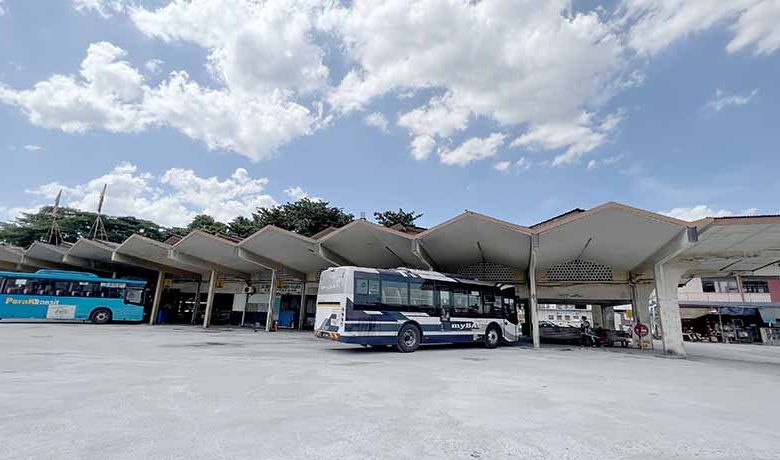Public transportation: An equitable green transition.
Letter to the Editor


Ronald Benjamin
Secretary for Association for Welfare, Community and Dialogue
Dear Editor,
The Association for Welfare, Community and Dialogue (ACID) commends the current effort by the unity government for coming up with the energy transition plan, besides the blueprint for the decarbonizing Malaysia’s transportation sector which saw the completion of Low Carbon Mobility Blueprint 2021-2030 (LCMB) in 2020.
While all this plan is good for a transition to a green economy, it will not see real progress in terms of common good if it ends up for mere commercial purposes and profits, while equity aspects that benefit the common citizens are ignored.
For example, living in Ipoh I observe how public transport, such as buses move along key main roads while skipping the interiors of housing areas, where public buses could be used for transportation instead of private vehicles.
In this area there are students who would require cheaper public transport to colleges and universities, and senior citizens who would prefer an efficient public transport to go for hospital checkups. Most of them are aging and not able to drive private vehicles.
Currently one has to walk a distance to the main roads for bus services.
There is also an overwhelming road jam in Ipoh due to private vehicles during school pick up time and one wonders how much carbon is emitted to the atmosphere and endangers the health of citizens.
According to research, Road transport contributes over 70% of air pollution in urban areas and is the second largest contributor to the total carbon dioxide emissions in Malaysia at 21% in 2016. Transport-related air pollutants (TRAPs) such as NOx, SO2, CO and particulate matter (PM) pose significant threats to the urban population’s health.
To an average person, transportation is the most visible source of greenhouse gas emissions especially when there are large fleets of cars on the roads.
Shifting from cars to public transportation can reduce up to 2.2 tons of carbon emissions annually per individual according to research.
What is practically required in Malaysia is to reduce private vehicles and support the use of public transport that would help bring down carbon emissions.
Greater utilization of public transport services over personal vehicle use is one of the best ways on how to reduce emissions and helps to save the environment.
Many cities have successfully managed to reduce CO2 emissions by as much as 50 percent by reducing or limiting the flow of private cars.
It is unfortunate that the idea of public transportation was placed on the backburner especially in the wasted 22 years of Dr Mahathir premiership.
Therefore, while the nation is going through a green transition plan, the most significant way that we could start is making public transport available in all areas instead of selected areas.
This requires creating awareness among citizens on the importance of public transport in the green transition plan.
This would create a far more equitable and health friendly green transition plan that caters to all citizens, irrespective of background.


